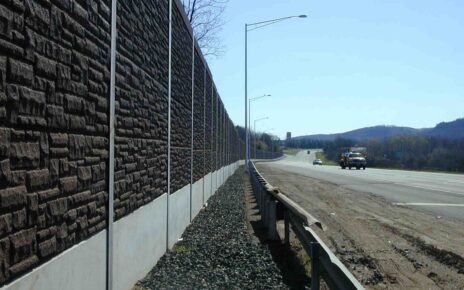There is plenty to discuss when it comes to tactile walking surface indicators and tactile walking surface indicators suppliers. It is important to start off by defining tactile walking surface indicators. Tactile indicators come in two main forms: truncated and raised domes or directional bars that someone applies to or builds into surfaces where people walk.
You can make tactile indicators out of a number of different materials. Tactile indicators are specifically designed to warn pedestrians about hazards. Pedestrians who do not have the best vision can discover the tactile indicators visually by how their color contrasts with the colors of other nearby objects.
Tactile Indicators Come In Two Different Types
Another thing you should know about tactile indicators is that there are two types of them. One type is a guidance tactile walking surface indicator. This type is made up of parallel, elongated, and flat-topped bars and these bars extend toward the direction of any travel in the area. Some guidance tactile walking surface indicators include those at airports, stadiums and sports arenas, transit stops, train stations, and subway transit platforms. It is important that contractors make sure that you can distinguish road surfaces from the ground surface and pedestrian area.
The other type is an attention tactile walking surface indicator. They provide pedestrians with safety information. These indicators are vital in identifying anything that could be a potential hazard. This type of indicator is made of a truncated and flat-topped dome that a contractor installs on the surface where people walk. Dependable tactile walking surface indicators suppliers will tell you that contractors utilize these indicators on platforms, ferry docks, and drop-offs.
How Do Directional Tactile Indicators and Warning Tactile Indicators Differ?
You can also call directional tactile indicators leading tactile indicators if you wish. These include textured surfaces. The indicators aid people with impaired vision so they can navigate open spaces more easily.
People receive guidance when they are going through an entrance or a crossing point that leads to a public facility that serves some essential purpose. Tactile hazard indicators are another name for warning tactile indicators. They warn vision-impaired pedestrians or pedestrians who cannot see hazards.
Which Materials Work Well for Tactile Indicators?
One good material for tactile indicators is brass. However, brass can vary in quality somewhat, so it is important to utilize high-quality materials in the manufacturing process. Doing so helps avoid the issue of corrosion. Brass makes sure that you will get a very good finish.
Polyurethane is another durable material. Polyurethane can work well for tactile indicators. The manufacturer creating the polyurethane will utilize a material that is proven to be UV-stable and high-quality. It is worth mentioning that aluminum is too soft so it does not work well for tactile indicators. You should refrain from choosing aluminum for your tactile indicators.




